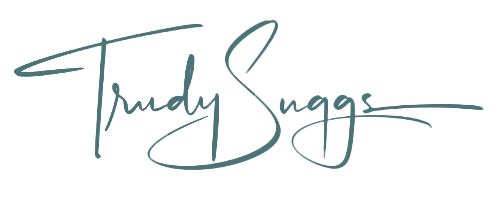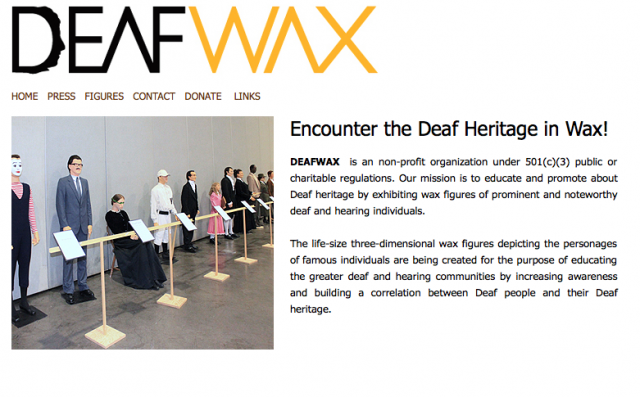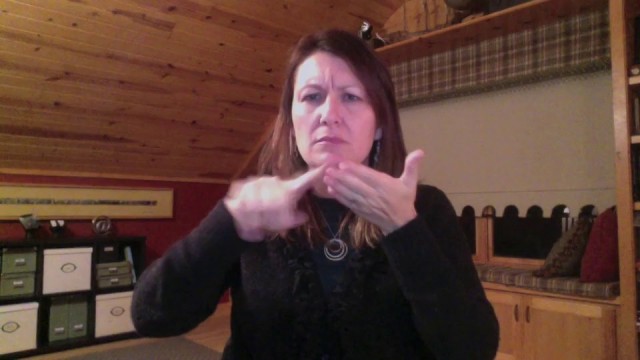Originally appeared in Silent News, December 2001.
Kids think it’s a cool toy. The box, with different colored cards, is often used on playgrounds, with parents, during classes, and even riding in the car. The colors and portability of the box seem to draw in children, who like the sense of ‘ownership’ by the words “My Sight Word Box” on the device.
My Sight Word Box is a new educational tool developed by Sherry Kilgore, a first-grade teacher with over 20 years of experience who is based in Fayetteville, Ga. The Sight Word Box is a transparent box that measures five inches high and six inches wide, packed with color-coded “sight words,” words that children learn by sight or repetition.
“My Sight Word Box’s method is learned by sight. You do not have to hear the words, because sight words are not phonetically based,” Kilgore, who does not know sign language, says. “The visual aspect is what makes it successful. Your goal is ‘instant recognition.’ They do not have to think about the word. They just see it and recognize on sight.”
The words, carefully grouped together by Kilgore to build confidence through practice, are divided into five-color coded levels in order of frequency. The cards are also structured by grade or learning levels. Described as the “opposite of phonics,” words like “was” and “what” can’t be learned by phonics or from picture association, Kilgore says. “My Sight Word Box is culturally and linguistically fair, affordable, and user-friendly for all children.”
Kilgore believes this educational tool is an excellent opportunity for deaf and hard of hearing children. She cites the example of Dylan Slappey, a partially deaf first-grader who worked with Tracey Tyree, Kilgore’s company partner who is a teacher as well. Dylan entered his first-grade classroom with minimal enthusiasm and a short attention span, and did not succeed using a phonics-based program. When he was introduced to My Sight Word Box, “An amazing thing happened. Dylan’s confidence began to grow and his interest in school began to improve,” Tyree remembers. It was discovered soon after, during a school-wide hearing screening, that Dylan had profound deafness in his right ear that was undetected from birth.
“I feel that the visual aspect of these words can help all children, regardless of their disability, learn to read,” Kilgore says. “Sight words can be learned by all, through drill and practice. Repetitive learning works. I have witnessed this in my classroom. Each time a child learns a word, their confidence is being built. With increased confidence, the child wants to read. That is what makes this program a success.”
While the product has not been used yet in deaf schools or deaf programs, Kilgore thinks it will be received positively by instructors of the deaf. Tyree agrees, saying, “We aren’t speaking from the prospective of bureaucrats who attempt to solve problems of education without firsthand experience in the classroom; we are teachers who are striving to impact classrooms of students across America.”
More information about My Sight Word Box is at www.mysightwordbox.com.
Copyrighted material. This article may not be copied, reproduced, or redistributed without the written consent of the author.


